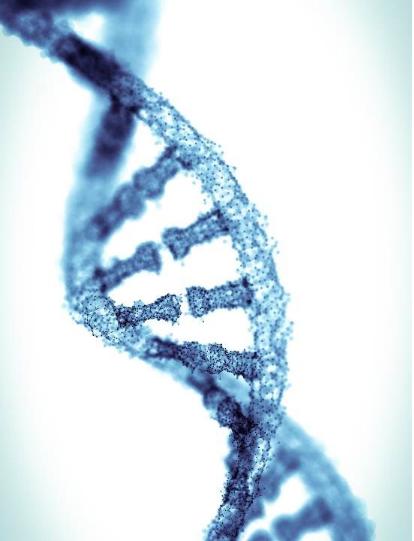$2 million is a lot of money. It’s enough to buy a fleet of Tesla Model S cars, a large lake’s worth of Swedish Fish, or even a private island.
One thing this hefty sum won’t get you, however, is a new drug called Zolgensma. Approved by the US Food and Drug Administration (FDA) in late May, Zolgensma treats infants suffering from a deadly genetic disease known as spinal muscular atrophy (SMA). Unsurprisingly, the drug’s $2.125 million price tag—the highest for any medicine in the world—has prompted the raising of eyebrows and wringing of hands across the country. Conversations about drug pricing are both warranted and important, but what’s often missing is a discussion of the underlying science. In other words, what’s that massive pile of cash actually paying for?
SMA’s debilitating symptoms can be linked to changes in a single gene: SMN1. These changes cause the part of the nervous system that’s responsible for muscle movement (motor neurons) to die. And because muscles waste away if they’re not used, SMA patients suffer from progressively worsening muscle weakness throughout their bodies. Infants with SMA often have difficulty breathing, swallowing, and sitting up, and most live for only a few years. It’s an awful disease.
While the consequences of SMA are dramatic and widespread, the fact that it’s caused by harmful mutations in a single gene renders it vulnerable to one of the most rapidly evolving fields of medicine: gene therapy. Gene therapies work by augmenting or altering patients’ genetic material. Specifically, they can either 1) introduce a healthy version of a faulty gene back into the patient’s cells, or 2) rewrite the patient’s genetic code to block the harmful effect of the mutation. Doing so targets the root cause of genetic diseases directly rather than alleviating their symptoms. It’s a field that’s still in its nascent stages, but the handful of medicines that have won FDA approval often achieve jaw-dropping results.
In the case of SMA and Zolgensma, scientists at the biotechnology company AveXis (which was later acquired by the pharmaceutical firm Novartis) sought to introduce a fully functional copy of the SMN1 gene back into the motor neurons of SMA patients. Delivering DNA to a patient’s cells, however, requires more than just a pill and a swig of water. Instead, researchers engineered a virus that could house and inject SMN1-containing DNA into patients’ nervous systems, which must be administered using an IV. Patients who received a single dose of Zolgensma in clinical trials have fared remarkably well, and it’s believed that only one treatment will be required to achieve lasting—potentially lifelong—therapeutic effects.
What percentage of infants with SMA will now be able to reach adulthood? And for just how long will Zolgensma extend the lives of SMA patients? Let’s hope we don’t learn the exact answers to those questions for a very, very long time.




